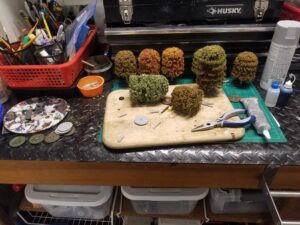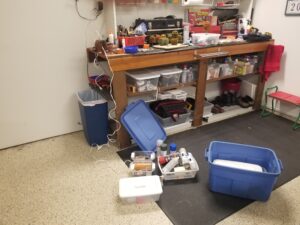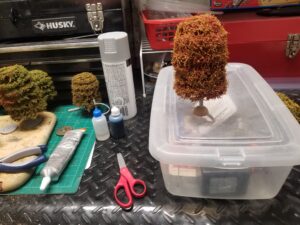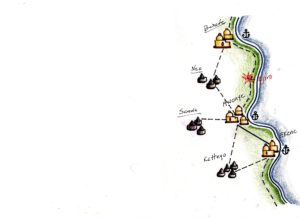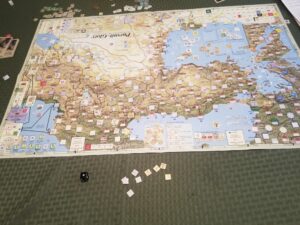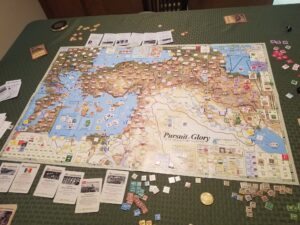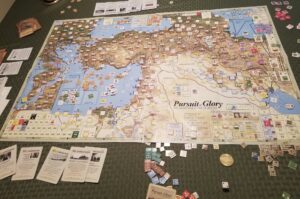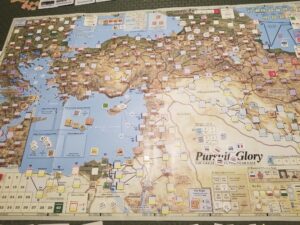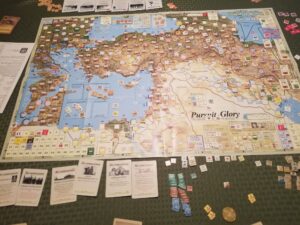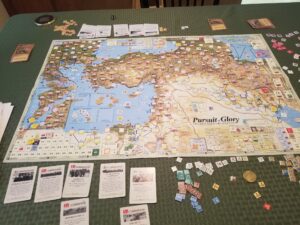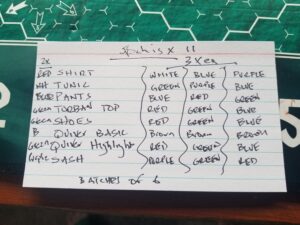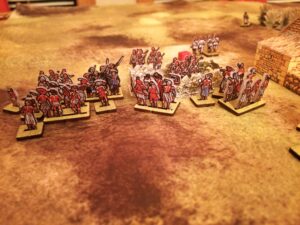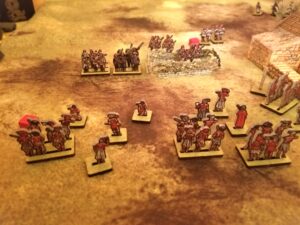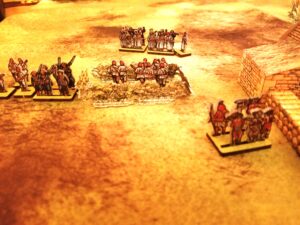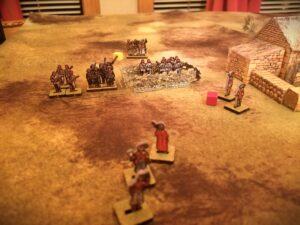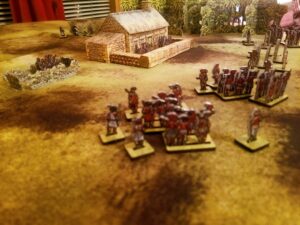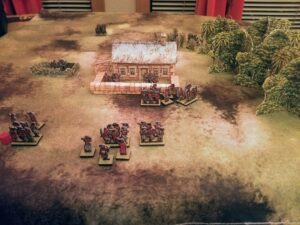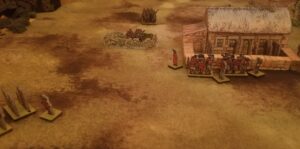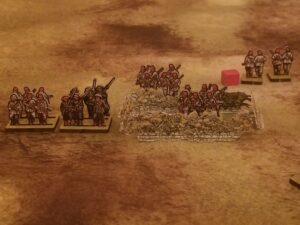I fish, so I read about fishing. Sometime in the last couple of years I came across an article describing a unusual fishing survey. The survey asked the question, “What Percentage Of The Time Do You Go Fishing And Not Catch Anything”? The surveyor insisted on brutal honesty. If I remember right, the aggregate was about 75 percent of the time.
Now, who wants to hear about a fishing trip where you don’t catch a damn thing?
I think it’s the same with wargaming blogs. People only want to read about success with lots of supporting eye candy.
In the interest of something different, here’s a quick story about the proverbial 75 percent.
A couple years ago, during my period of blog inactivity, I decided to upgrade my terrain. One priority was purchasing some additional K&M trees. I had splurged on several many years ago, but wanted/needed more.
It was hard to find them in the USA. When I did find a provider, I was overjoyed that bases were available. For some reason, my first ones came without individual bases, but with a plastic “sheet” (for lack of a better word) that, with superglue and machined nuts, served to keep the trees upright. Awkward, do-able, but unsatisfying. One of those visual irritants when placed on the table.
So, I included a bunch of bases in my order. Unfortunately, they were no longer in stock and could not be backordered. The provider said I could fabricate bases using plastic screw anchors and florist’s tape. The tree would fit in the anchor, the wrapped tape would form the trunk, and the whole thing then glued on a (in my case) circular wood base.
I tried. It was unsatisfactory. The trees and wood bases went in a box. The florist’s tape eventually disappeared.
This December I tried again, this time using at first sections of plastic straws and then plastic tubing – from Home Depot – for trunks. Paint wouldn’t stick to the primed straw sections, and the curved plastic tubing was an absolute bitch to get straightened out. This drama played itself out over the entire month. My final attempt at basing resulted in escalating levels of chaos.
Looking pretty organized. Pliers, bases, trees, adhesive. But then…..
Circular bases weren’t working. Too shallow for a number of different adhesives/mixes of adhesives, so I started digging around for alternative bases.
I found this half-hemispheric (?) bit of wood. But only one. Problem with it was the hole had to be drilled perfectly straight or the tree would lean awkwardly. I have marginal straight-drilling capabilities. But, bending the trunk would make it acceptable. Just barely acceptable.
Faced with awkwardly bent trunks – another set of minor table irritants – and a trip to Hobby Lobby to find the needed wood bits, I decided on a drastic course of action……
I Googled up “K&M Trees USA”. YES! I found a new provider with bases in stock.
The bases have shipped. What unexpected challenges will they bring?
